On June 23, 2022, this video was posted. It involves Anita Alvarez, a U.S. swimmer who fainted underwater at the end of her World Championships event. She was performing solo in “artistic swimming”. This competitive event seems to require extreme breath-holding (up to 2 min. or more!) for success.
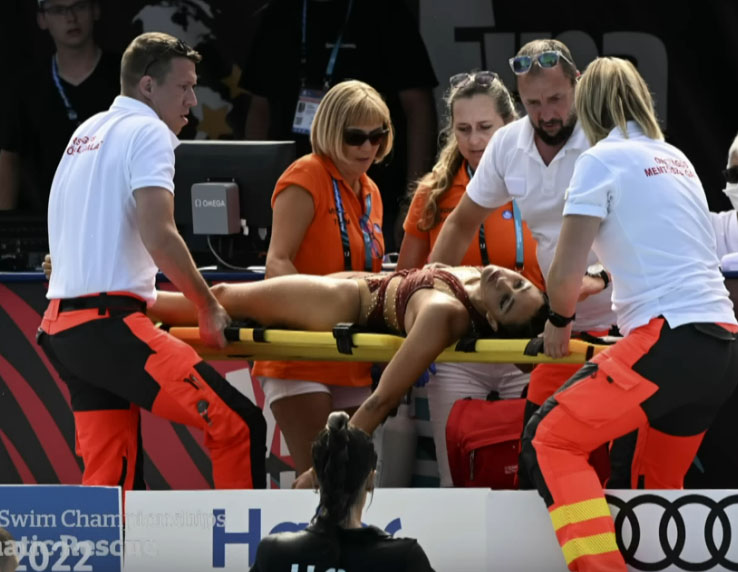
Click image for Youtube video. She is so Lucky to be alive. This is the SECOND TIME she passed out in this event!!
When breath-holding is necessary, you should be aware that taking fast, deep breaths until you feel light-headed will increase the oxygen in your blood. This is known as “hyperventilating”, and will help you hold your breath longer. So what’s the problem?
This is unnatural intake of oxygen decreases the CO2 (carbon dioxide) in your blood before you hold your breath. Normally, when you need to breath, your brain senses this as the CO2 level rises. When people faint (on land), the involuntary system kicks in, and breathing resumes, hopefully without other injuries. Fainting in water is fatal within a matter of seconds if there is no rescuer. With the first breath or two water gets in the lungs, the swimmer begins drowning, and may never regain consciousness.
In racing, swimmers often build an oxygen “deficit” during a finishing kick (breathing slightly slows you down), but they have not hyperventilated, and are less likely to pass out.
Some pools are now posting “No breath holding” in their rules. This phenomenon is the reason. Note that some have used hyperventialtion as a “tool” to dive deeper and longer when snorkeling–don’t do that! Hold your breath if you must, but don’t try to fake out your body’s natural survival system.

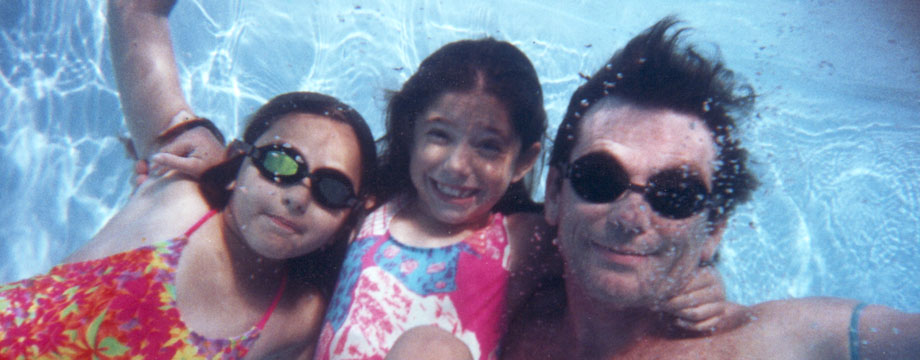
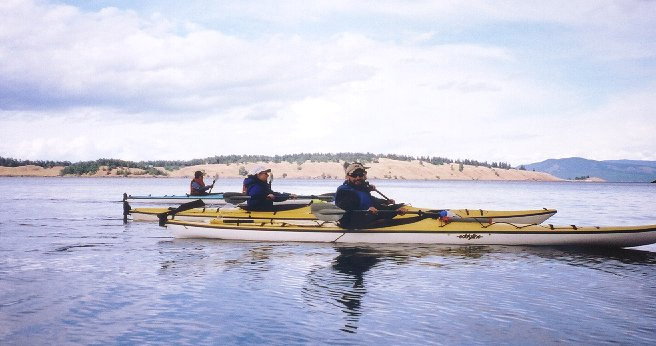
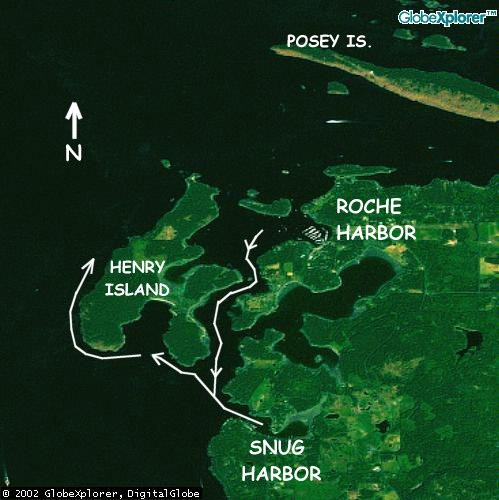
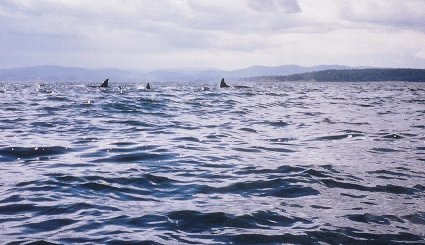 Our guide, Christopher, cautioned us that 50 yards was plenty close, even though they don’t attack kayaks.
Our guide, Christopher, cautioned us that 50 yards was plenty close, even though they don’t attack kayaks.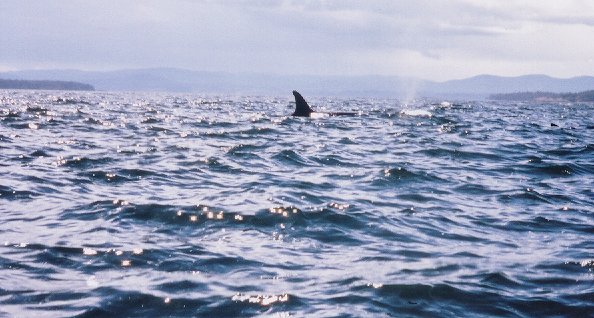
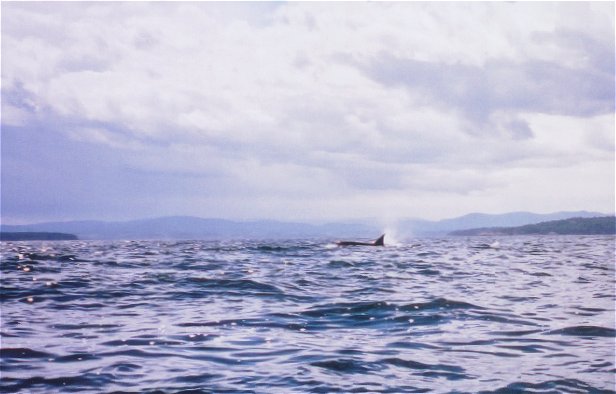
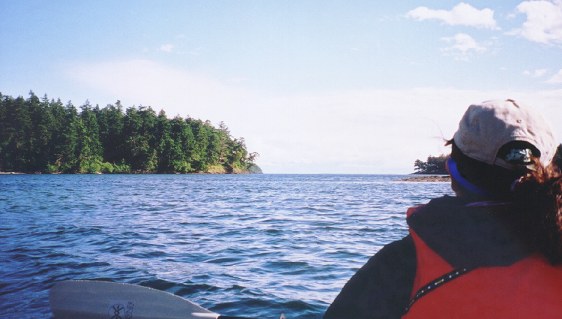
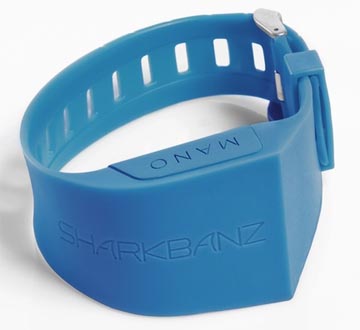
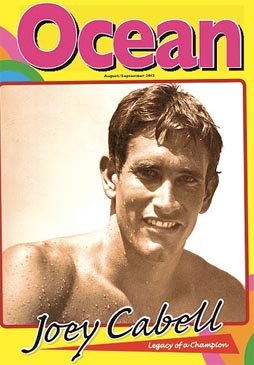 In the 1960s, one of the premier surfers was Joey Cabell. He didn’t become that well-known outside of surfing, but he is one of the most interesting characters of that era. He did not fit the stereotype surfer image. Besides winning surfing contests, he was also a successful skier, mountain climber, and a businessman. He started the Chart House restaurant “chain”, opening the first restaurant in Aspen, Colorado.
In the 1960s, one of the premier surfers was Joey Cabell. He didn’t become that well-known outside of surfing, but he is one of the most interesting characters of that era. He did not fit the stereotype surfer image. Besides winning surfing contests, he was also a successful skier, mountain climber, and a businessman. He started the Chart House restaurant “chain”, opening the first restaurant in Aspen, Colorado.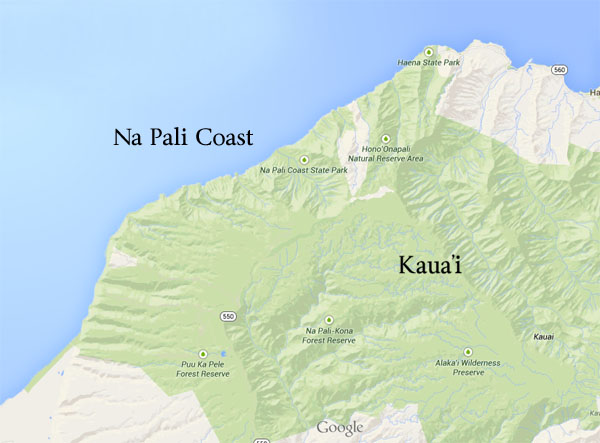 In 2012, Ocean Magazine (
In 2012, Ocean Magazine (